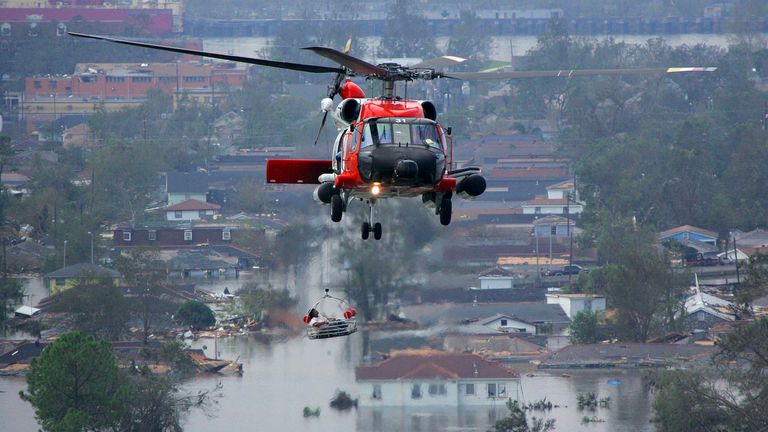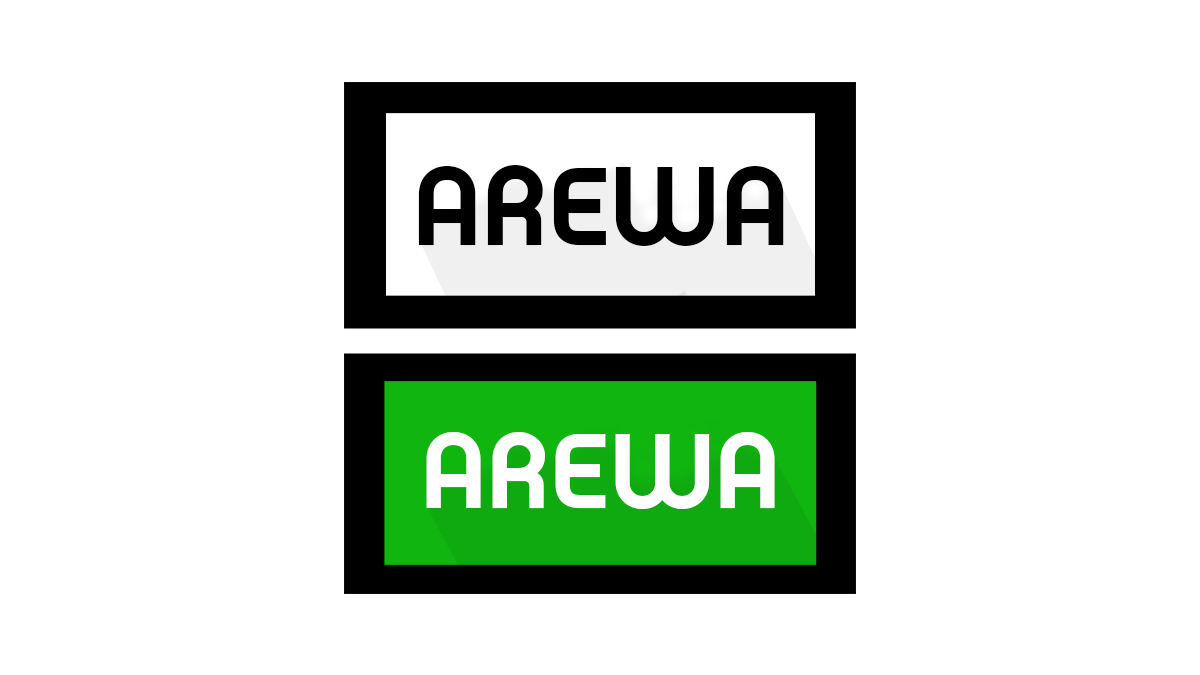The first hurricane of the season, Tropical Storm Barry is due to reach the state as early as Saturday, with Louisiana and parts of Mississippi expected to suffer the most damage.
Residents have been stocking up on supplies and filling sandbags while tourists try to leave the state before the worst of the weather arrives.
About 3,000 National Guard troops have been deployed, bringing helicopters and vehicles capable of moving in high water.
In exposed areas of the Gulf Coast, some people have been told to consider leaving their homes but residents in New Orleans have been advised to “shelter in place”.
There are 1.3 million people at risk from flooding in the city area and floodgates have been closed.
Barry is slow-moving and is expected to arrive as a weak hurricane with winds barely more than 74mph but authorities have warned people that its real danger is in the rain.
Governor John Bel Edwards said: “Nobody should take this storm lightly just because it’s supposed to be a Category 1 when it makes landfall.
“The real danger in this storm was never about the wind anyway. It’s always been about the rain.”
Between 10 to 20 inches (25 to 50cm) of rain could fall across parts of Louisiana, including New Orleans and Baton Rouge. Parts of the state could see 25 inches (63cm).
Some coastal roads were already underwater on Friday as the heavy rain started to arrive.
Hurricane Katrina is estimated to have killed more than 1,800 people in 2005.
After that, New Orleans, which bore the brunt of the tragedy, invested a great deal in its flood defences.
There were repairs and upgrades to 350 miles of levees and more than 70 pumping stations and the Army also started work on a hurricane protection system.



